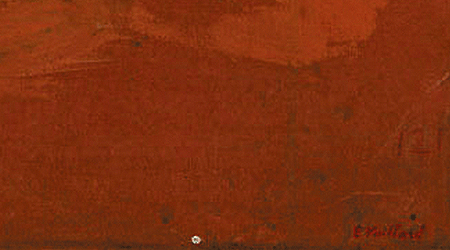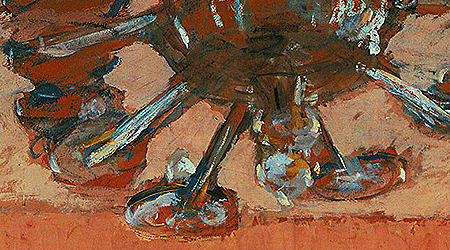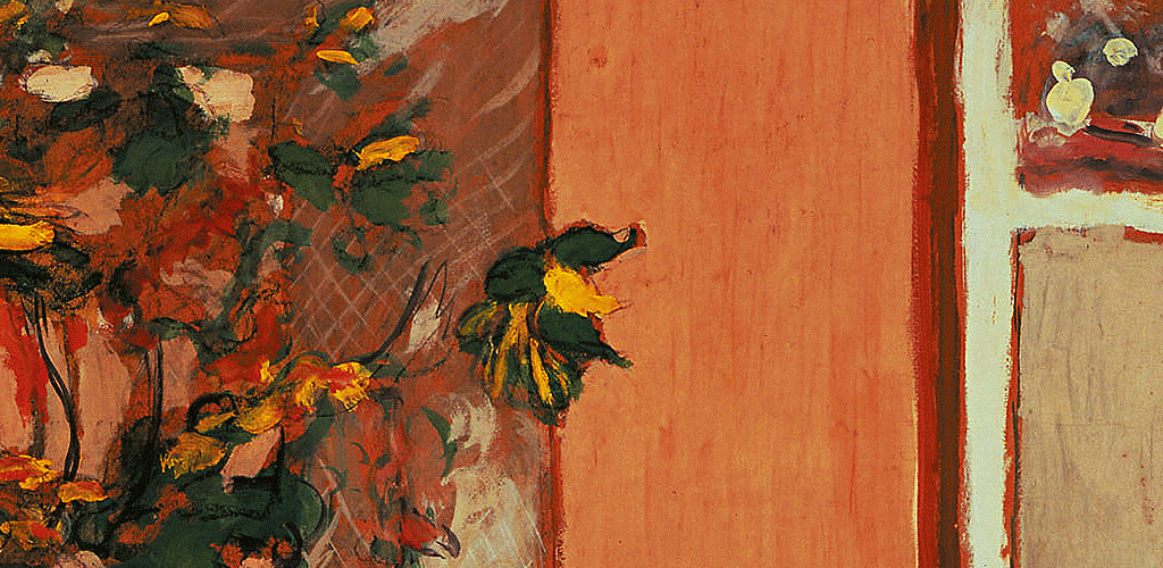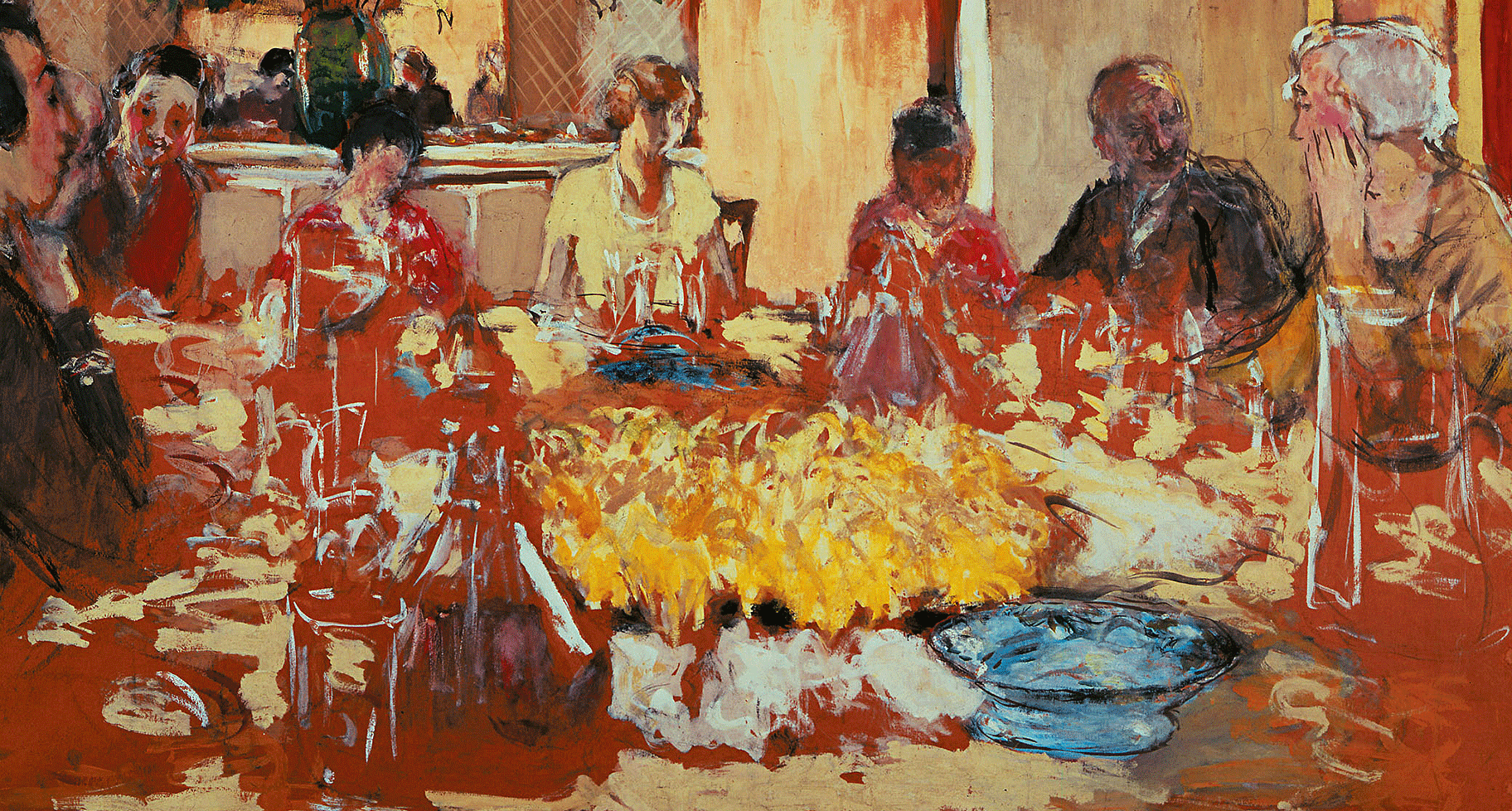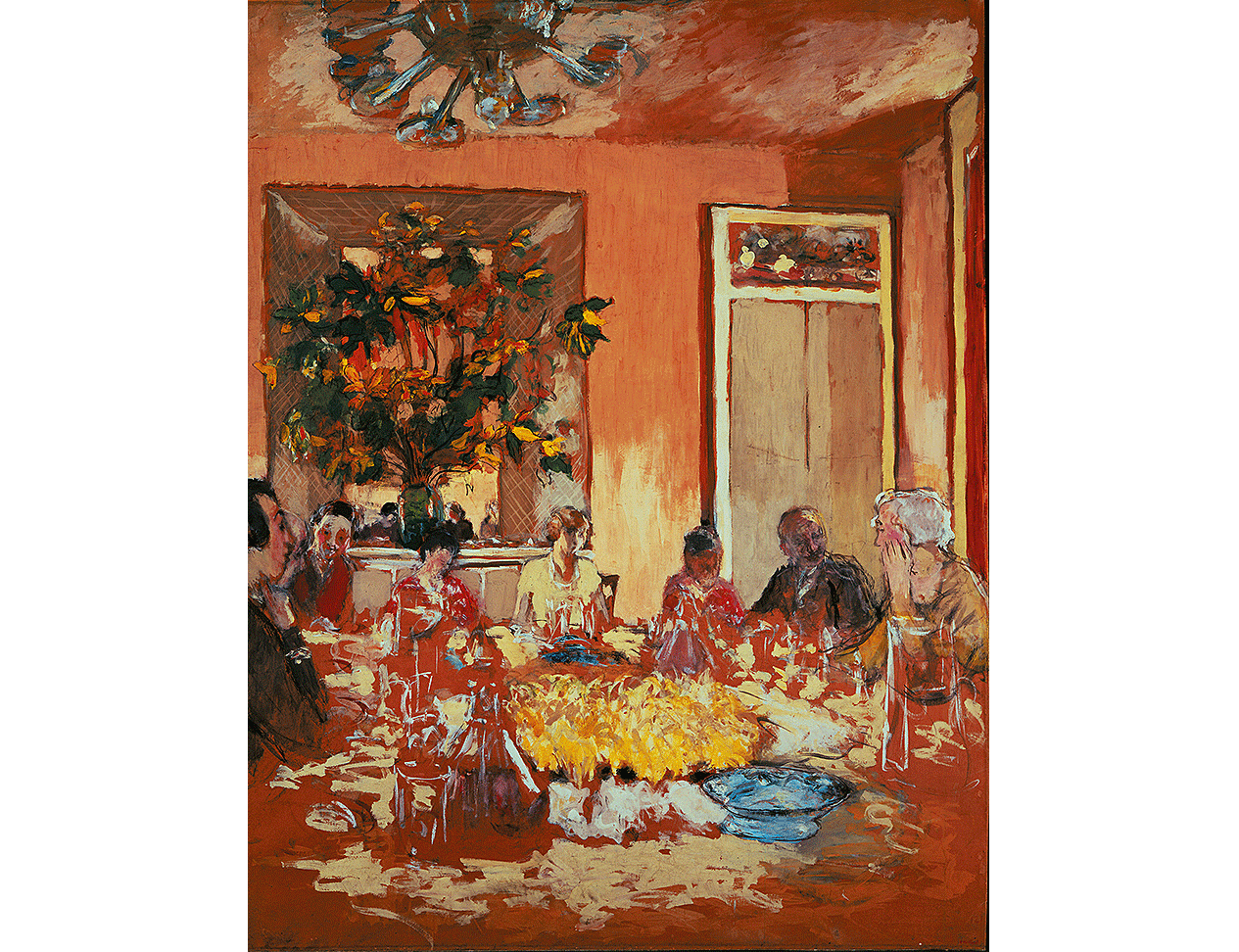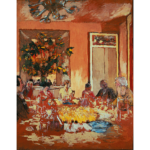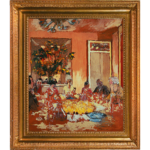Provenance
Estate of the artist
Sam Salz Inc., New York
Eva Susan Stern, London
Robert B. Mayer, Chicago (acquired from the above, 1955)
Sale: Christie’s, New York, 15 November 1989, lot 462
Private collection
Sale: Christie’s, New York, 8 November 2000, lot 39 (price realized $688,000)
Private collection, USA
Exhibitions
Vuillard, Galerie Charpentier, Paris, 1945
Vuillard, Palais de Beaux-Arts, Brussels, October 1946, no. 6 (titled ‘Déjeuner aux Clayes’)
Vuillard, Galerie d’Art Latin, Stockholm, 1948, no. 20
Edouard Vuillard, Charles Hug, Kunsthalle, Basel, March-May 1949, no. 237 (titled ‘Salle à Manager aux Clayes’)
Edouard Vuillard: A Painter and His Muses, 1890-1940, The Jewish Museum, New York, 4 May – 23 September 2012
Bibliography
C. Roger-Marx, Vuillard et son Temps, Paris, 1946, p. 168, illustrated
C. Roger-Marx, Edouard Vuillard 1867-1940 // Gazette des Beaux-Arts, 29, no. 952 (June 1946), p. 376, illustrated
C. Roger-Marx, Vuillard, Paris, 1948, no. 63, p. 71, illustrated
R. Gaffé, Introduction à la Peinture Française. De Manet à Picasso, Paris, 1954, p. 171, illustrated
A. Salomon, G. Cogeval, Vuillard. Critical Catalogue of Paintings and Pastels, Paris, 2003, vol. III, p. 1563, no. XII-212, illustrated in colour (titled ‘Lunch at Les Clayes’)
S. Brown (ed.), Edouard Vuillard: A Painter and His Muses (exhibition catalogue), New York, 2012, p. 65, illustrated
Château des Clayes, a fourteenth-century manor house not far from the Palace of Versailles, was to be Vuillard’s last country refuge and his major source of inspiration in the last twelve years of his life. Les Clayes was owned by Joseph (Jos) Hessel and his wife Lucie, Vuillard’s lifelong friends and closest companions. Jos Hessel was a partner in the prominent Parisian art-dealing firm Bernheim-Jeune, and together with the Bernheim brothers was instrumental in introducing Vuillard to avant-garde circles. Lucie Hessel – who became Vuillard’s lover, confidante, muse, and mentor – was one of Vuillard’s most frequent subjects until his death in 1940.
The artist was an often guest at the fashionable social events and friendly gatherings held at Les Clayes. He quietly observed the guests, filling his notebooks with sketches. Jacques Salomon, his nephew-in-law, recalled of Vuillard at Les Clayes that ‘he was constantly drawing his friends, and those who found his eye upon them knew they must hold the pose in which he had caught them…’ (J. Russel, Vuillard, Greenwich, CT., 1971, p. 128.) Then these sketches were transferred ‘to a sheet of cardboard or canvas, or more frequently to a piece of paper which he cut from a roll that stood permanently in one corner of his studio.‘ (ibid., p. 127).
In the present picture, Vuillard masterfully displays elegantly dressed bourgeoisie involved in casual conversation within a formal dining room setting. This contrast of highly refined individuals shown in intimate and relaxed poses is typical of his later works. ‘In an unsystematic way he assembled as complete a record as any we have of the way well-to-do people looked and behaved in the France of the Third Republic‘ (J. Russel, Vuillard, Greenwich, CT., 1971, p. 69). Madame Hessel is pictured at the far right of the table, conversing with the playwright Romain Coolus. Lulu Hessel, her adopted daughter, is seated in the middle.
La Salle à Manger au Château des Clayes was painted on ochre-coloured paper using the distemper medium, in which tempera paint is mixed with sizing. ‘Vuillard first used détremper as a scene painter in the theater and liked its quick-drying properties as well as its chalky, unreflective surface, which harmonized well in an interior setting… In cultivating a dry, matte quality, Vuillard was in tune with most of the decorative painters of his generation, who, in the wake of Puvis and Gauguin, sought to avoid the illusion of depth and reflective properties associated with oil paint and to appropriate, in different ways, the flat wall-enhancing effects of fresco‘ (B. Thomson, Vuillard, New York, 1988, p. 44). Subtle use of colour recalls Vuillard’s artistic beginnings as a Nabi.
Édouard Vuillard was born in Cuiseaux (Saône-et-Loire) in 1868 but spent his youth in Paris where his family moved in 1877. Vuillard did not seriously apply himself to painting and drawing until the age of 19 when influenced by friendships made at school with Ker-Xavier Roussel and Maurice Denis, both later recognized as artists in their own right. In 1887, Vuillard began attending art classes at the Ecole des Beaux-Arts and from 1888 at the Académie Julian, where he met Paul Serusier and Pierre Bonnard, thus forming the nucleus of the group which was to call themselves the ‘Nabis’. Inspired by Japanese colour woodcuts and the painting of Paul Gauguin, the Nabis rejected the naturalism of academic art and experimented with a new concept of image space, attaining a decorative flatness and pattern-like order of what is depicted. Their principal belief was that above all, art is decoration and that art should strive for evocative and expressive declaration. Vuillard’s embrace of this philosophy is evident in the many large decorative panels painted over his career with expansive areas of flat, matte colour, cropped compositions, altered perspective and unusual colour relationships. But Vuillard’s work and particularly his subject matter also reflect an impressionistic attitude, that there should be no division between the artist’s studio and the life that exists around it. Vuillard is also often referred to as an ‘Intimist’ for the frequency with which he depicted family interiors and local scenes. After the breakup of the Nabis in 1900, Vuillard established himself with a fashionable social circle. His subject matter reflected this change as he began painting portraits of prospective clients in elegant surroundings.
Vuillard’s paintings are held in major national collections, including the Hermitage in St.Petersburg, MOMA in New York, the Musée d’Orsay, and the National Gallery, London.
